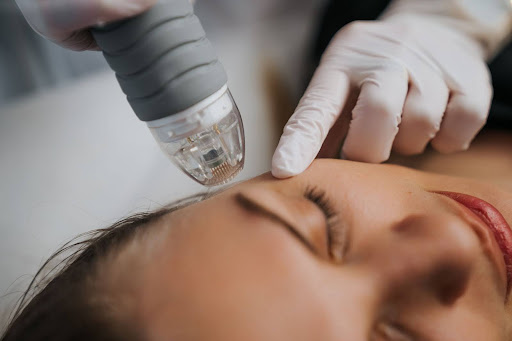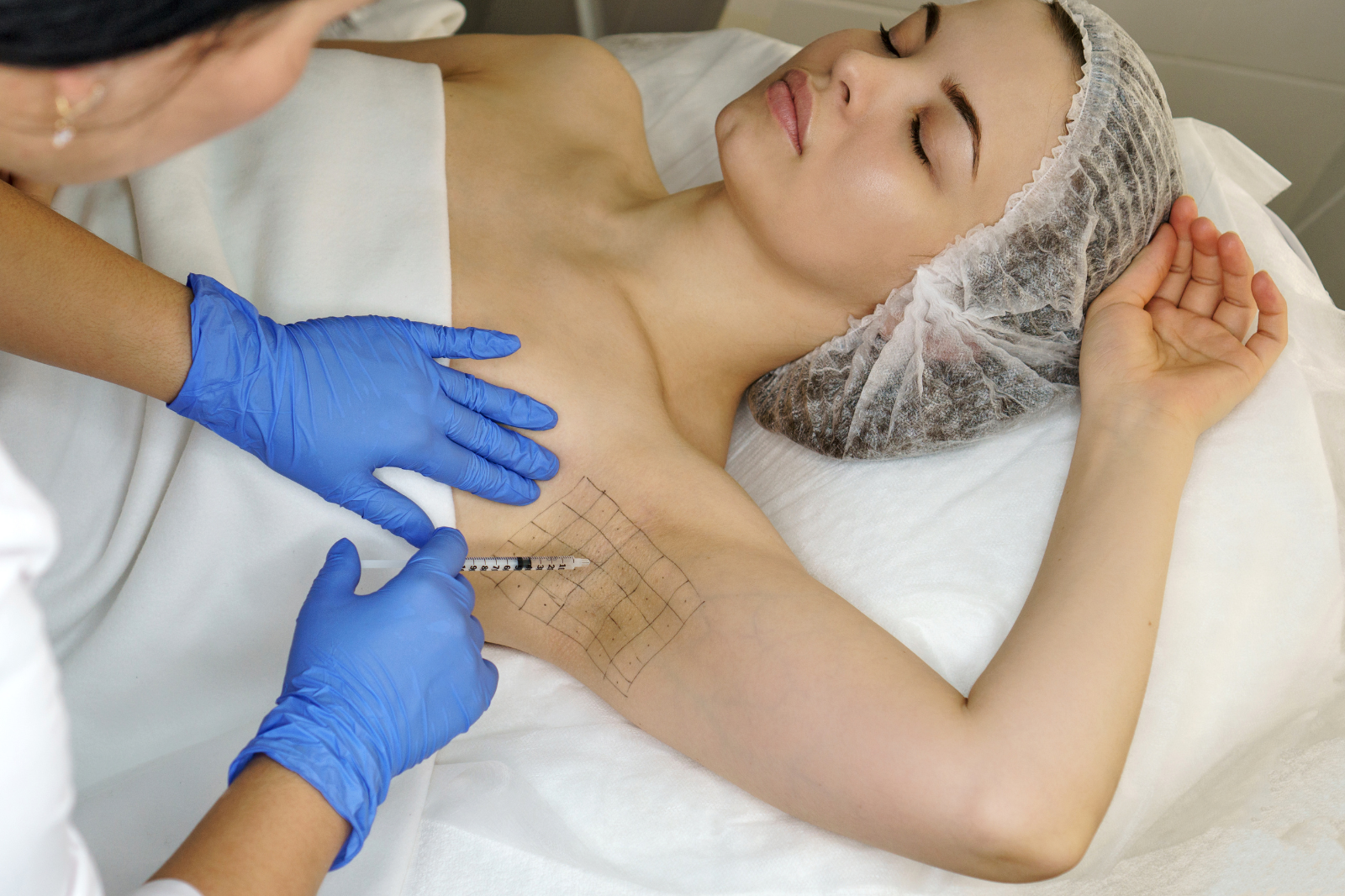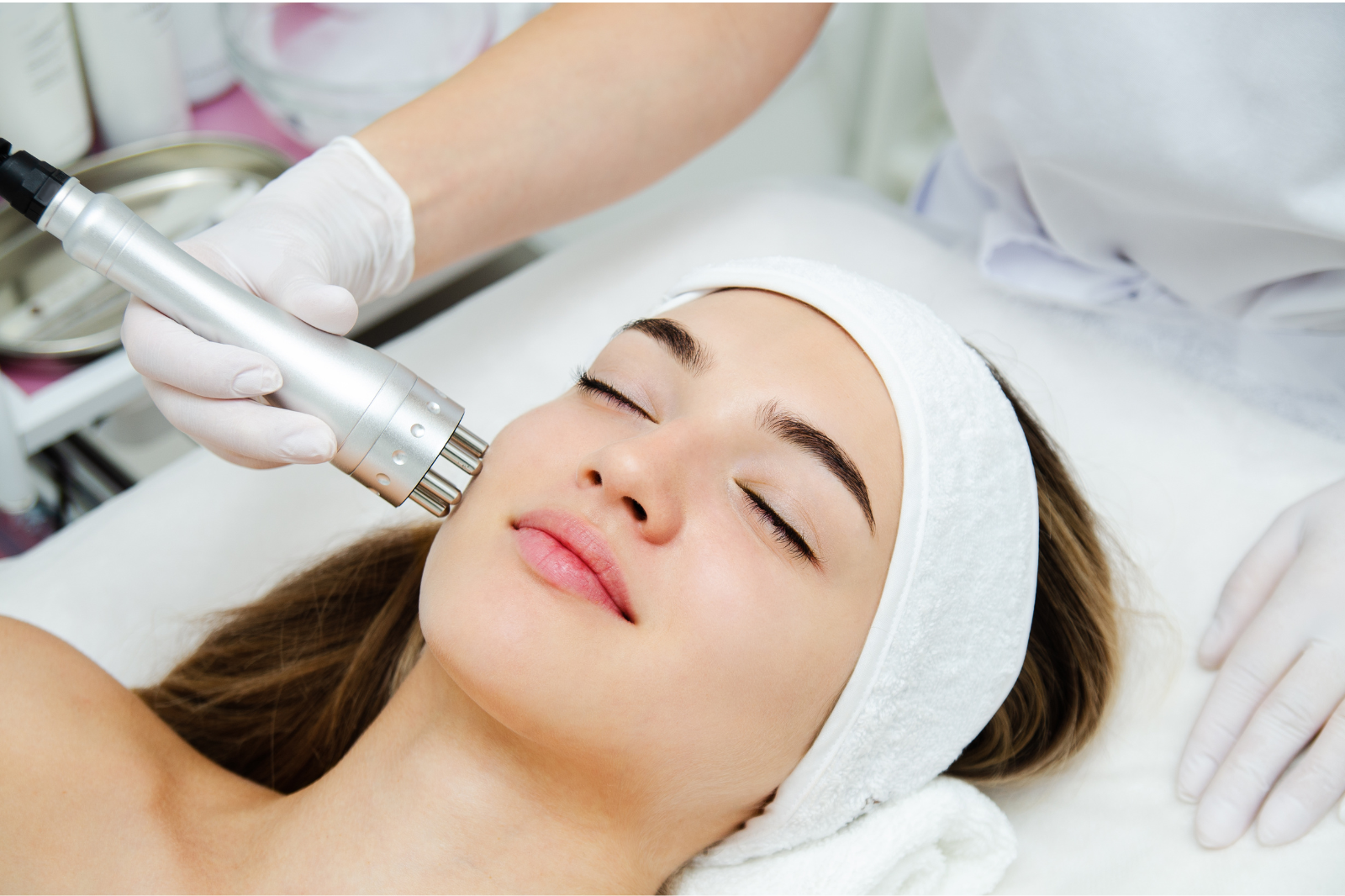Wondering how often you should dermaplane to achieve the best results? Dermaplaning, a safe and effective form of exfoliation, gently removes dead skin cells and peach fuzz using a scalpel-like tool, leaving your skin smooth, radiant, and prepped for better skincare product absorption.
The ideal frequency depends on your skin type, concerns, and beauty goals, making it essential to personalize your schedule. Whether you’re targeting dullness, uneven texture, or enhancing your skincare routine, dermaplaning offers a non-invasive solution for healthier, brighter skin. Keep reading to craft your perfect dermaplaning plan!
What Is Dermaplaning?
Dermaplaning is a manual exfoliation technique performed with a surgical scalpel or dermaplaning tool. A skincare professional gently removes the outermost layer of dead cells and vellus hair, also known as peach fuzz. The result is smoother skin, softer skin, and an improved skin texture. Unlike harsh chemical peels, dermaplaning is an accessible option for those with sensitive skin or chronic skin conditions.
Benefits of Regular Dermaplaning
Dermaplaning offers numerous benefits, making it an excellent option for maintaining skin health:
- Effective Exfoliation: Removing the outer layer of dead cells enhances cellular turnover, leaving your skin smooth and radiant.
- Improved Absorption of Skincare Products: By clearing dead skin cells, your skin becomes a better canvas for hydrating serum, barrier repair creams, and other skincare products.
- Smoother Makeup Application: With vellus hair and uneven skin texture removed, dermaplaning creates the perfect canvas for makeup application.
- Reduction of Acne Scars and Uneven Tone: This treatment can help reduce the appearance of acne scars and uneven skin tone, contributing to a brighter complexion.
- Non-Invasive Procedure: As a gentle form of exfoliation, dermaplaning suits those looking for an affordable option with minimal downtime.
Is dermaplanning right for me?
How Often Should I Dermaplane?
Most skincare professionals recommend scheduling treatments every 3–4 weeks. This timeframe aligns with the natural skin cell turnover rate, ensuring your skin remains smooth without over-exfoliating. However, the ideal dermaplaning frequency depends on your individual skin type, skincare goals, and specific concerns.
For those with oily skin, acne-prone skin, or uneven texture, frequent dermaplaning sessions may be an effective skincare treatment. However, individuals with sensitive or dry skin may prefer a lighter exfoliation every 4–6 weeks to prevent skin irritation or damage to the skin barrier.
Why choose Botox Montreal for dermaplaning?
5 Key Factors That Influence How Often You Should Dermaplane
Determining the ideal dermaplaning schedule depends on various personal and external considerations. Tailoring your treatments ensures optimal results, helping you achieve a radiant complexion, smoother skin texture, and long-lasting benefits while maintaining the health and balance of your skin.
1. Skin Type
Your skin type greatly impacts how often you should dermaplane. For oily or acne-prone skin, treatments every 3–4 weeks may help manage buildup, while dry or sensitive skin might benefit from less frequent sessions to prevent irritation. Customizing your schedule ensures optimal results without compromising the skin barrier.
2. Skincare Goals
Your skincare goals—whether achieving brighter skin, smoother makeup application, or a more even texture—determine your schedule. To maintain a radiant, youthful glow, dermaplane sessions every 4 weeks work well. Consult with a qualified aesthetician to align your goals with an effective and safe treatment plan.
3. Lifestyle Factors
Busy schedules and daily activities can influence how often you dermaplane. Frequent sessions every 3–4 weeks suit those with consistent skincare routines, while occasional appointments fit those with limited time. Lifestyle factors like direct sunlight exposure or skincare habits also play a role in your treatment frequency.
4. Age and Skin Regeneration Cycle
Your age and skin’s natural regeneration cycle are crucial in determining your dermaplaning frequency. Younger skin regenerates faster, typically every 28 days, making monthly treatments ideal. As we age, the skin’s renewal process slows, so older individuals may need dermaplaning every 4–6 weeks to remove dead skin cells effectively and maintain a youthful glow. Tailoring your schedule to your skin’s renewal rate ensures long-lasting, radiant results.
5. Post-Treatment Care
Your ability to commit to post-treatment care affects your dermaplaning schedule. Regular exfoliation can boost the absorption of skincare products and promote healthier, brighter skin. However, improper aftercare or inconsistent hydration can lead to irritation, making longer intervals between treatments more suitable for long-term skin health.
Talk to a skincare professional today
What to Expect During and After Dermaplaning
At Botox Montreal, a typical dermaplaning session takes just 30–60 minutes, making it the perfect lunchtime treatment. Our experienced skincare professionals use a medical-grade scalpel to gently exfoliate your skin, removing dead cells and fine hair for a smoother, radiant complexion. For added comfort, numbing cream is available upon request, and our professionals will guide you through the best options to ensure a comfortable and personalized experience.
Post-treatment, you might notice mild redness or slight irritation, which usually fades within a few hours. To enhance and maintain your results, we recommend applying a soothing serum, a hydrating moisturizer, and SPF to protect your freshly exfoliated skin from the sun and maintain a healthy barrier.
Post-Dermaplaning Skincare Tips
Here are some effective post-dermaplaning skincare tips to ensure optimal results and protect your skin:
- Hydrate Intensively: Use a gentle, hydrating moisturizer to replenish the skin barrier after the surgical blade removes dead skin cells and facial hairs.
- Apply Sunscreen: Protect your skin, which is more sensitive after hair removal, with a broad-spectrum sunscreen (SPF 30 or higher).
- Avoid Harsh Skincare Products: Refrain from using products with strong actives, such as retinol, AHAs, or BHAs, to prevent irritation on newly exposed, sensitive skin.
- Stick to Gentle Cleansers: Use mild cleansers that do not strip the skin, especially important for maintaining a balanced skincare routine post-procedure.
- Do Not Touch or Pick: Avoid touching your face, particularly areas where facial hairs were removed, to reduce the risk of breakouts or infection.
- Pause with Active Acne: If you have active acne, avoid dermaplaning the affected areas, as it may exacerbate irritation or spread bacteria.
- Avoid Makeup: Let your skin breathe by skipping makeup for at least 24 hours to prevent clogging freshly exfoliated pores.
- Focus on Soothing Ingredients: Look for skincare products with calming ingredients like aloe vera, hyaluronic acid, or chamomile to alleviate post-treatment redness or sensitivity.
- Skip Heat and Sweat: Avoid saunas, hot showers, or strenuous activities that may lead to irritation on your freshly exfoliated, sensitive skin.
Following these tips will help maintain the smoothness achieved through hair removal and ensure your skin stays healthy and irritation-free.
Book Your First Dermaplaning Appointment Today
At Botox Montreal, we’re dedicated to enhancing your confidence and helping you feel your best. Our wide range of cosmetic services is designed to address various beauty and wellness goals, tailored to suit your unique needs. Whether you’re seeking subtle enhancements or transformative results, our team takes a personalized approach to every treatment, ensuring your comfort and satisfaction.
From rejuvenating procedures to advanced skin solutions, we prioritize quality, safety, and natural-looking outcomes. Let us guide you through options that fit seamlessly into your lifestyle, empowering you to achieve a refreshed and radiant appearance you’ll love!







